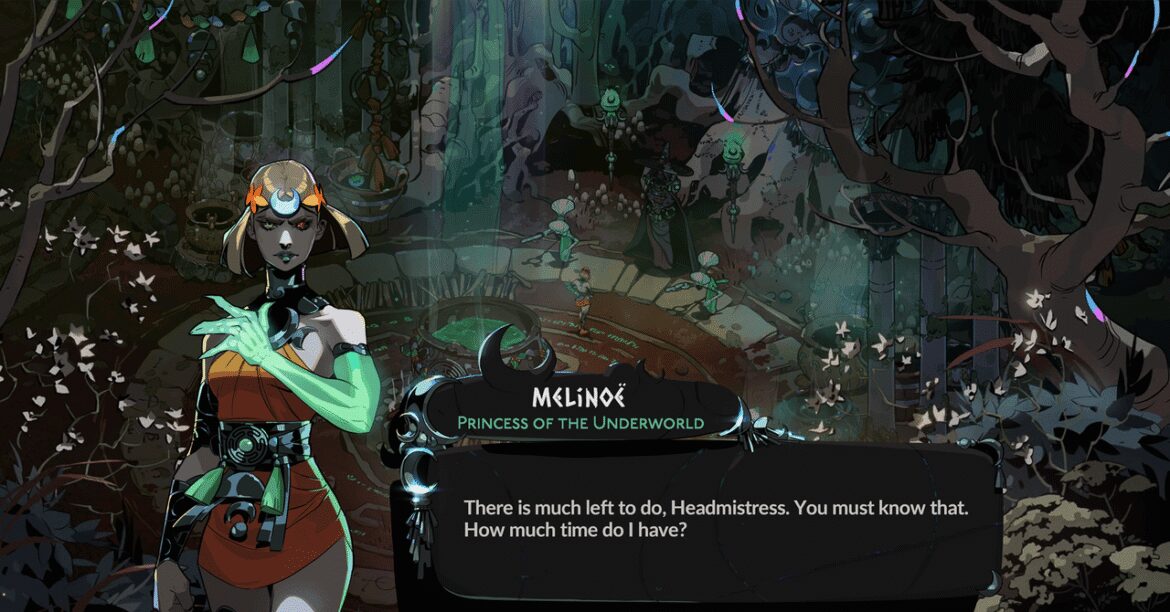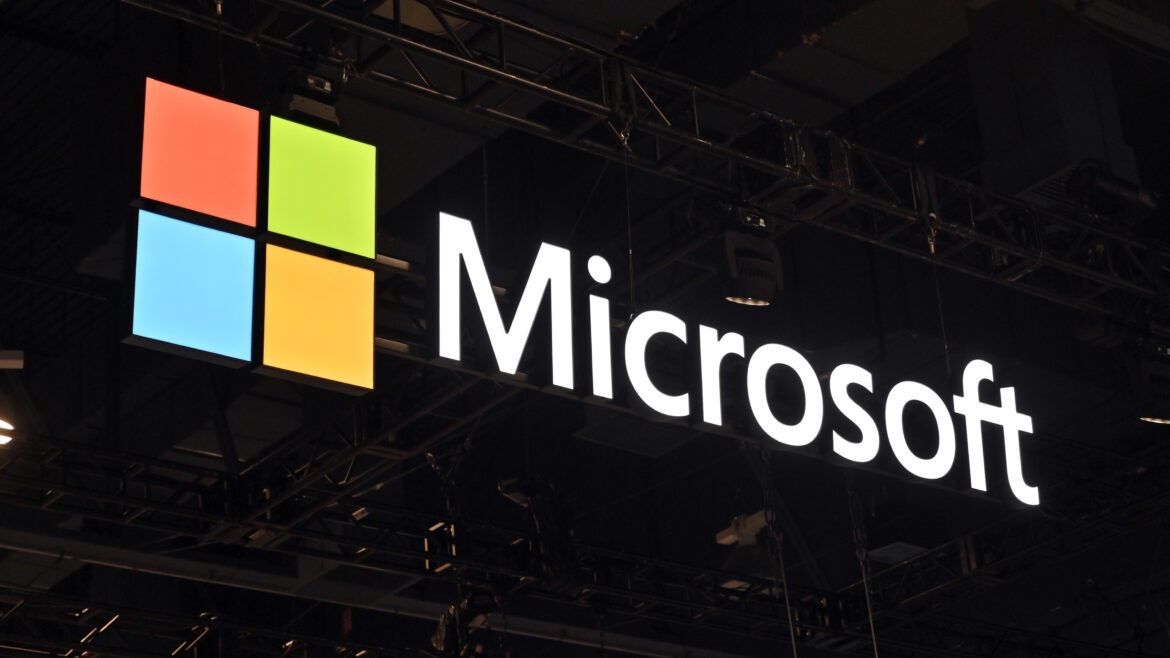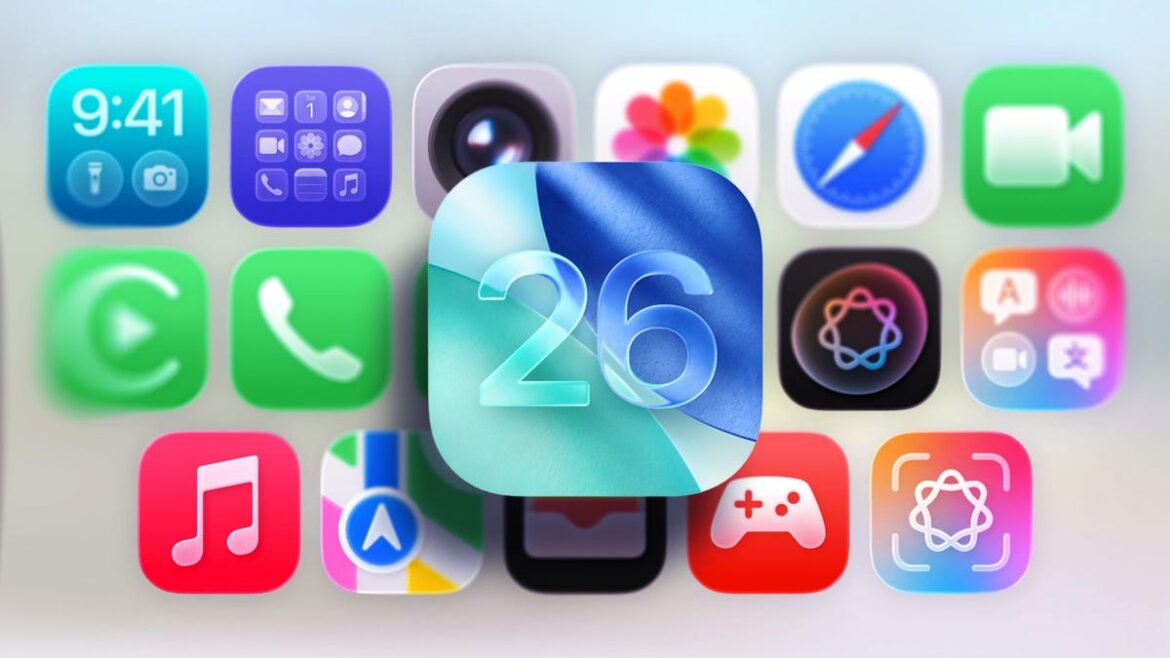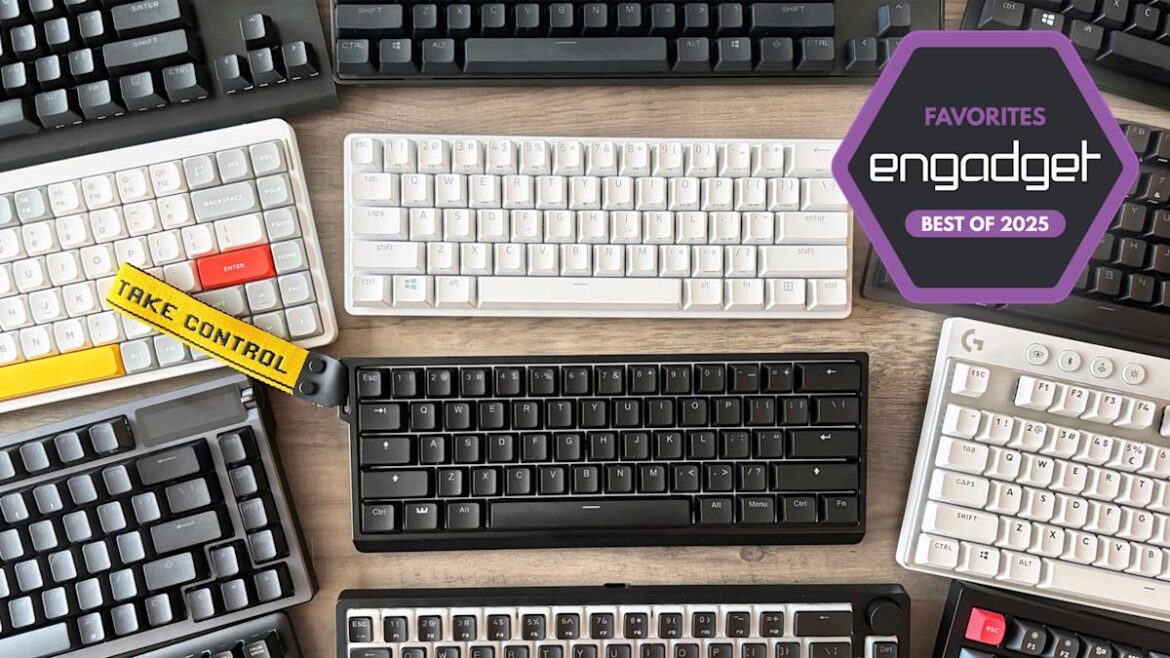Nintendo’s Switch and Switch 2 release calendars are bulking up. During a packed Nintendo Direct livestream on Friday, the company announced on-sale dates for several games as well as the return of the Virtual Boy, the proto VR headset Nintendo originally launched in the mid-1990s.
One of the biggest of Friday’s announcements was that of the release date for the sequel to Supergiant’s wildly popular Hades. Hades II will hit Switch, Switch 2, and PC on September 25. The long-awaited new Metroid game, Metroid Prime 4: Beyond, will also finally launch December 4 for Switch and Switch 2.
The news comes ahead of the upcoming holiday season, which will be the Switch 2’s first since its launch this summer.
While Hades II has been available on PC as an early access game—an unfinished version players can test out and give feedback on—since last year, the version coming to Switch at the end of the month will be the full “1.0” launch game. Players who already own the game on Steam will be able to update theirs for free. The game stars Melinoë, sister to the original game’s hero Zagreus, on her quest to kill the Titan of Time, Chronos.
Metroid Prime 4: Beyond sees the return of Samus running and gunning against alien foes. Along with a firm release date, the trailer shown Friday debuted a new tool for the heroine: Vi-O-La, a techy motorbike Samus can use alongside her psychic abilities.
Nintendo is also expanding some of its games with downloadable content. New DLC for Donkey Kong Banaza, which launched July 17, is now available for $20. The pack, called DK Island & Emerald Rush, adds extra missions and levels to explore (and presumably punch). Pokémon Legends: Z-A, which is launching October 16, will do so alongside a Mega Dimension DLC that adds additional Mega Evolutions.
Nintendo also teased several 2026 releases, including a surprise announcement for a new Pokémon game, Pokémon Pokopia. As a human-shaped Ditto (as horrifying as that sounds), players befriend other pokémon, build homes, and collect food to create a tiny paradise. It launches for Switch 2 next year.
Additionally, a new entry in the turn-based tactical series Fire Emblem, called Fire Emblem: Fortune’s Weave, is headed to Switch 2 in 2026. A trailer shown today teases its heroes in an arena-style battle; a familiar face at the end of the trailer suggests the game is set after 2019’s Fire Emblem: Three Houses. A new Resident Evil game, Resident Evil Requiem, will also be released for Switch 2 on February 27.










